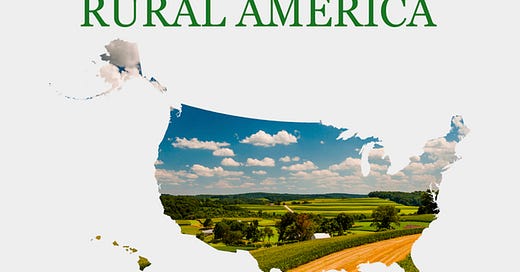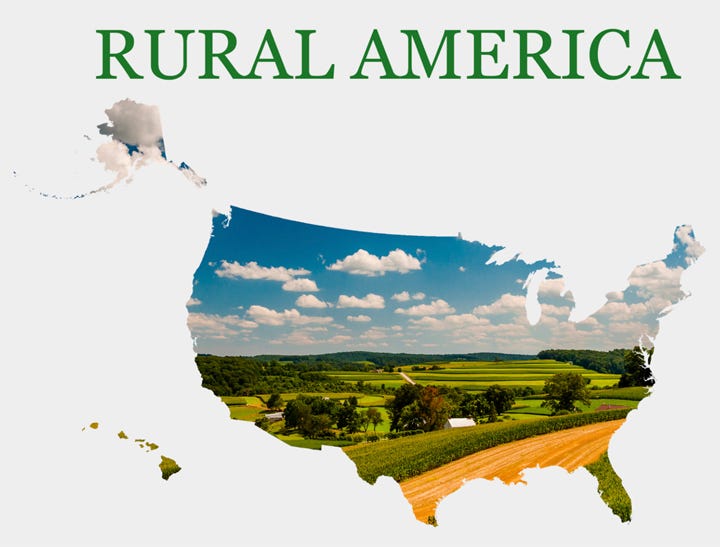I had an interesting conversation a couple of weeks ago with a long-time Star Valley resident. When she found out I was running for Star Valley Ranch Town Council she asked me matter-of-factly what I was running on. My response – “I want to keep Star Valley Ranch rural.” She smiled and chuckled just a bit and then said, “Let’s talk about that.” The discussion that followed made me step back and think hard about what “rural” is and what it means to me as a Ranch resident.
The Oxford English dictionary defines the word “rural” as “relating to, or characteristic of the countryside rather than the town”. Interestingly, the U.S. Census defines rural as “any population, housing, or territory not in an urban area”. Those are pretty broad definitions in either case. That said, I have a good idea of what most folks likely consider as rural when it comes to Wyoming. Broadly, rural is considered as small acreage or large acreage areas most likely in unincorporated portions of the state. To get after what rural is or is not, we can also try the opposite approach whereby we determine what folks don’t think qualifies as rural. Using that method, I imagine a whole bunch of one acre (or smaller-sized) lots jammed next to each other probably doesn’t fit the bill. The latter does, however, describe the basic layout of Star Valley Ranch.
Despite the density of the Ranch’s established plat and lot schematic, the town still feels very rural to me. I like to think that I do honestly know what rural-living means. As a teenager my parents decided to move our family away from the sprawling New Orleans suburbs and out into the wild hill country of central Texas. My father, who grew up on a farm in North Carolina, had always wanted to give us kids a taste of what “country living” was really all about. After I got over the initial shock of living 30 miles away from the nearest Afton-sized town and 5 miles down a dirt road connecting to a 2-lane county road—living on our 320-acre ranch became one of the most amazing and formative experiences of my life.
Along with my brother and step-sister we all learned the basic daily tasks of ranch life. We cleared fields, baled hay, tended the vast vegetable garden, rode horses and even managed to become successful when it came to herding our small group of cattle between pastures and corrals. We rode a school bus 90 minutes each way to the nearest high school and once a month we’d go with our mother into town to stock up on any provisions that we didn’t already produce for ourselves back home. It was some kind of heaven.
It would be easy to think that the 1.6 acres I currently live on at Star Valley Ranch would pale in comparison to the aforementioned bucolic recollections of my teenage years, however, it does not. Certainly, the little plot of land I now call home is exactly that—little. It is not an expanse of acreage like my family’s Texas home once was. Yet, there is a feeling of openness and proximity to nature here at Star Valley Ranch, perhaps more so in some areas of the Ranch than others. But, that “rural feel” is here.
Maybe it’s the fact that there is a dirt road in front of my house or that when I look off the back deck I can see for miles across the valley. Maybe it’s because moose, elk, and deer often amble through my little piece of property or because sometimes at night I’m awakened by a coyote’s song. Who can say?
Regardless, I love the feel of this place as do many of my neighbors. I suppose when it comes down to it, textbook definitions don’t really matter as what we have here at Star Valley Ranch is rural enough for those of us who call it home and that’s how we’d like it to stay.
This column was originally published in the Star Valley Independent on 31 August 2022.
Ruzena Rok writes about Star Valley Ranch. You can reach her by email her at: Close2Home307@gmail.com





